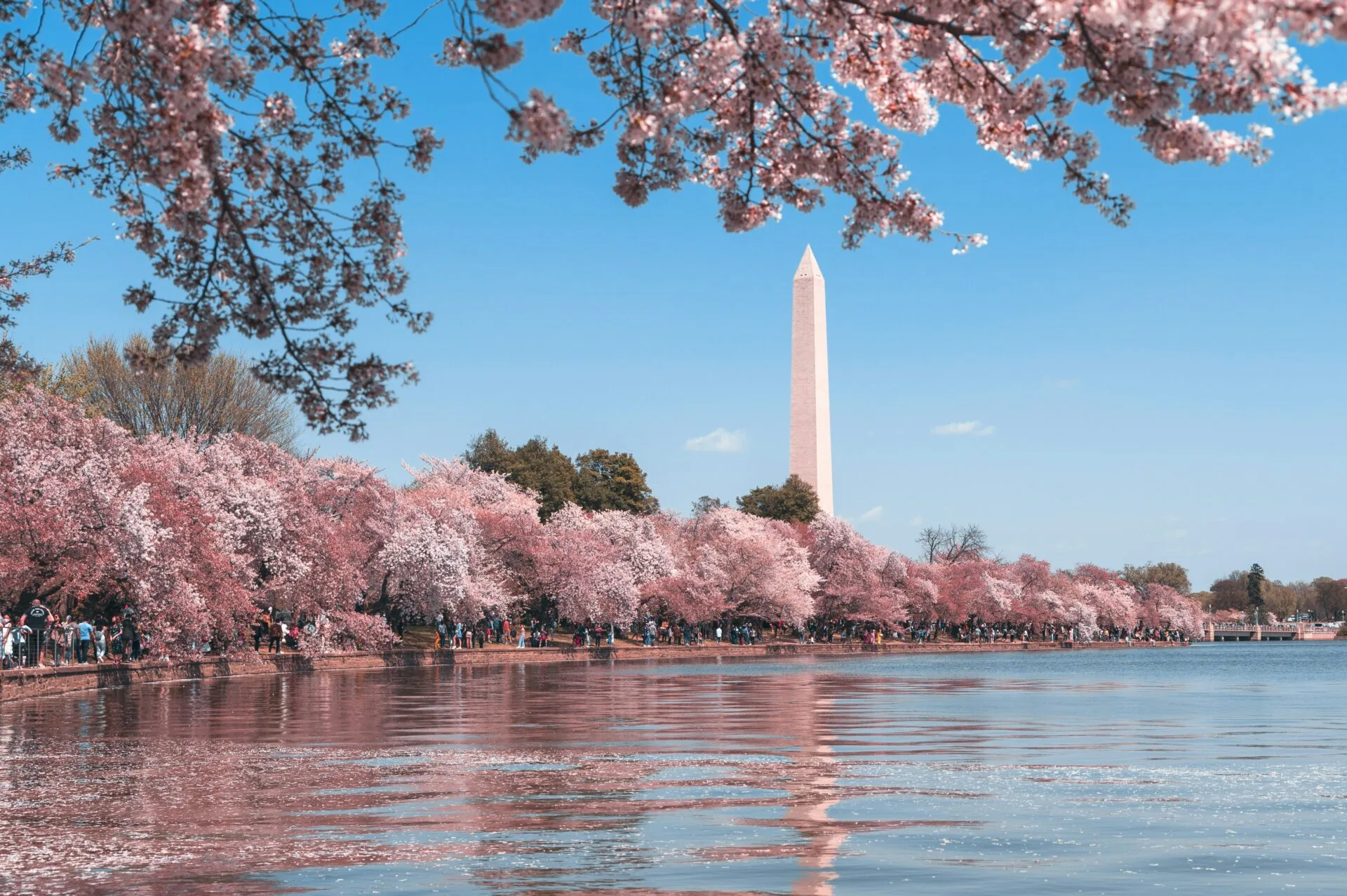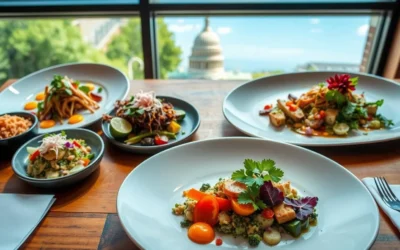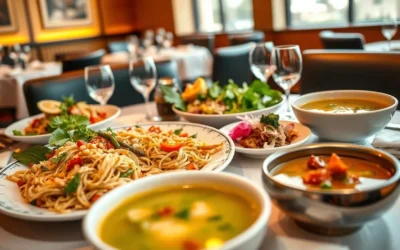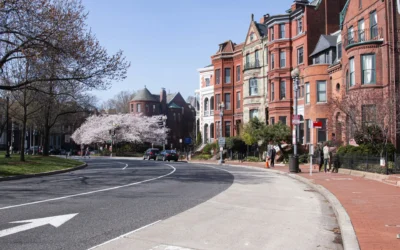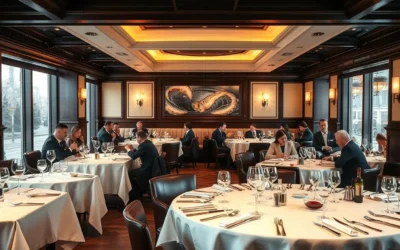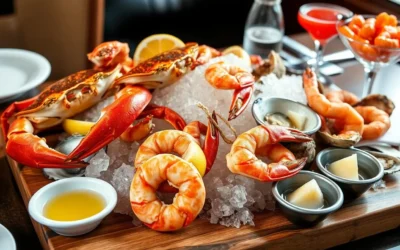Did you know that Washington DC’s National Mall contains over 26 miles of pedestrian pathways—enough to walk from the Capitol Building to Baltimore? As America’s capital city, Washington DC houses not just the seat of government, but also 19 free Smithsonian museums, over 160 monuments and memorials, and the world’s largest library. Planning a 5-day visit to this historic city requires strategy, but with our comprehensive itinerary, you’ll experience the perfect balance of iconic landmarks, cultural treasures, and local neighborhoods.
Day 1: National Mall and Monuments
Begin your Washington DC adventure at the heart of the city—the National Mall. This expansive green space is home to the city’s most iconic monuments and memorials, all within walking distance of each other.
Morning: Lincoln Memorial and Reflecting Pool
Start your day early at the Lincoln Memorial, where the 19-foot marble statue of Abraham Lincoln sits overlooking the Reflecting Pool. The steps of this memorial offer one of the most breathtaking views in Washington and were the site of Martin Luther King Jr.’s famous “I Have a Dream” speech. From here, walk along the Reflecting Pool toward the Washington Monument, stopping to visit the Vietnam Veterans Memorial, Korean War Veterans Memorial, and World War II Memorial along the way.
Afternoon: Washington Monument and Smithsonian Museums
Continue to the Washington Monument, where you can take the elevator to the observation deck for panoramic views of the city (advance tickets recommended). Afterward, choose one of the nearby Smithsonian museums to explore—the National Museum of American History or the National Museum of Natural History are excellent starting points for first-time visitors.
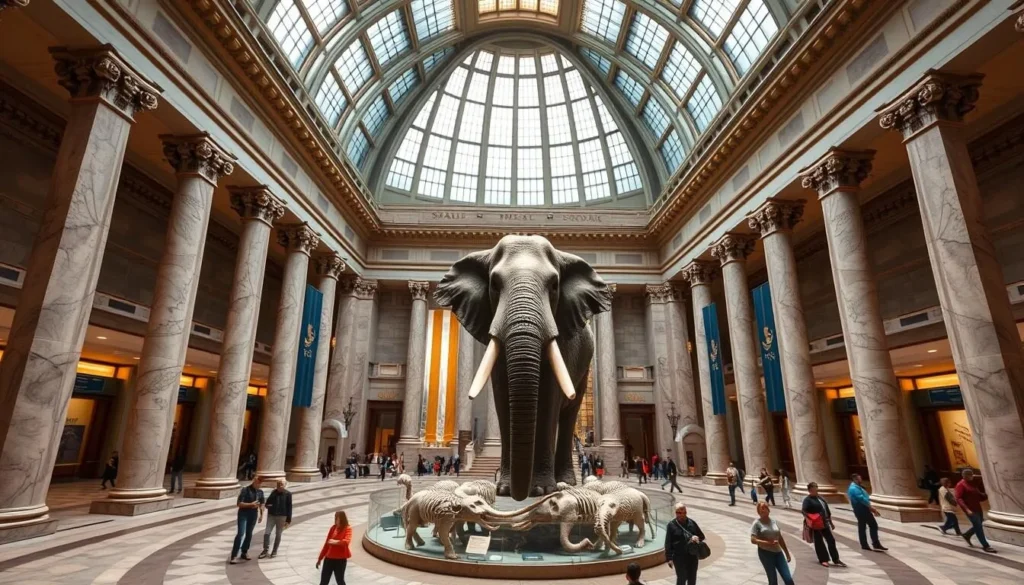
Evening: Monuments by Moonlight
As the sun sets, experience the monuments illuminated at night—a completely different and magical perspective. The Jefferson Memorial and Martin Luther King Jr. Memorial are particularly stunning after dark. Consider taking a guided “Monuments by Moonlight” tour to learn the history behind these iconic structures while enjoying the cooler evening temperatures.
Ready to explore Washington DC?
Book your activities and sightseeing tours in advance to secure your spot!
Day 2: Smithsonian Museums and Cultural Institutions
Washington DC is home to world-class museums, many of which are free to the public. Day 2 is dedicated to exploring these cultural treasures.
Morning: National Air and Space Museum
Begin your day at the recently renovated National Air and Space Museum, one of the most visited museums in the world. Marvel at historic aircraft like the Wright Brothers’ Flyer, the Spirit of St. Louis, and Apollo 11 command module. Interactive exhibits make this museum engaging for visitors of all ages.
The Smithsonian museums are free to enter, but some popular ones like the National Air and Space Museum and the National Museum of African American History and Culture require timed-entry passes that can be reserved online up to 30 days in advance.
Afternoon: National Gallery of Art
After lunch, visit the National Gallery of Art, which houses the only Leonardo da Vinci painting in the Americas—Ginevra de’ Benci. The museum’s collection spans from the Middle Ages to present day, featuring works by Rembrandt, Monet, Van Gogh, and Picasso. Don’t miss the underground moving walkway between the East and West Buildings, which features a mesmerizing LED light installation called “Multiverse.”
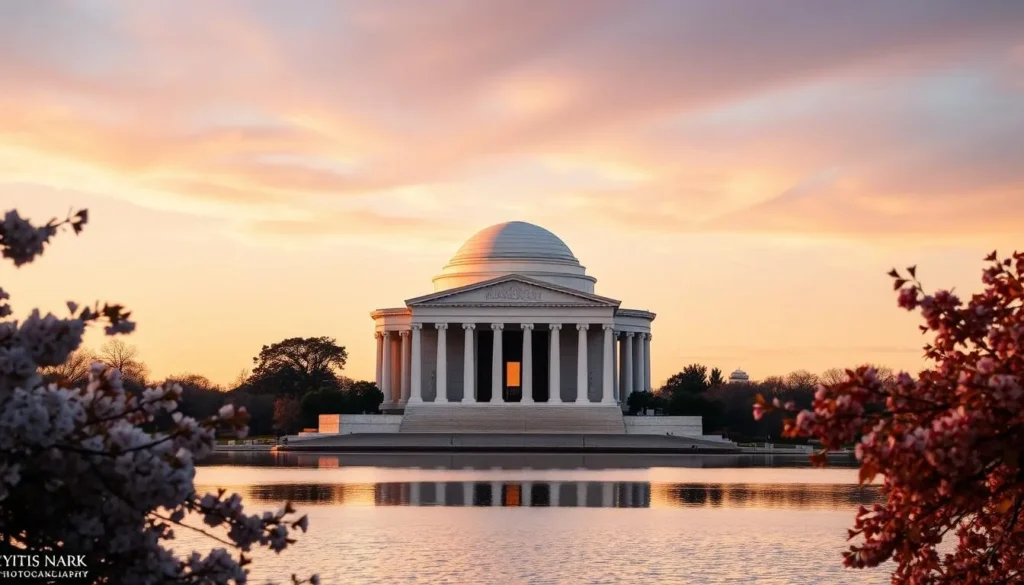
Evening: Kennedy Center or National Harbor
End your day with a performance at the Kennedy Center for the Performing Arts, which offers free performances on its Millennium Stage every evening at 6 PM. Alternatively, visit National Harbor for dinner with waterfront views and a ride on the Capital Wheel, offering spectacular night views of the DC skyline.
Need a place to stay in Washington DC?
Find accommodations near the National Mall for easy access to major attractions.
Day 3: Political Washington and Capitol Hill
Today’s itinerary focuses on the political heart of America, exploring the buildings where history is made daily.
Morning: White House and Lafayette Square
Begin with a visit to the White House Visitor Center to learn about the presidential residence. While White House tours require advance arrangements through your congressional representative (for US citizens) or embassy (for international visitors), you can still take photos from Lafayette Square. Afterward, visit the nearby National Museum of American History to see the First Ladies’ exhibition and other artifacts of American political history.
Afternoon: Capitol Building and Library of Congress
Head to Capitol Hill to tour the United States Capitol Building (advance reservations recommended). After your tour, visit the Library of Congress—the largest library in the world—and marvel at the ornate architecture of the Thomas Jefferson Building. The Main Reading Room is particularly impressive. If time permits, visit the Supreme Court Building, located just across the street.
Evening: Eastern Market and Barracks Row
Explore the historic Eastern Market neighborhood for dinner. This area offers a variety of restaurants along Barracks Row (8th Street SE), from casual eateries to fine dining establishments. On weekends, the Eastern Market building hosts local vendors selling crafts, produce, and prepared foods.
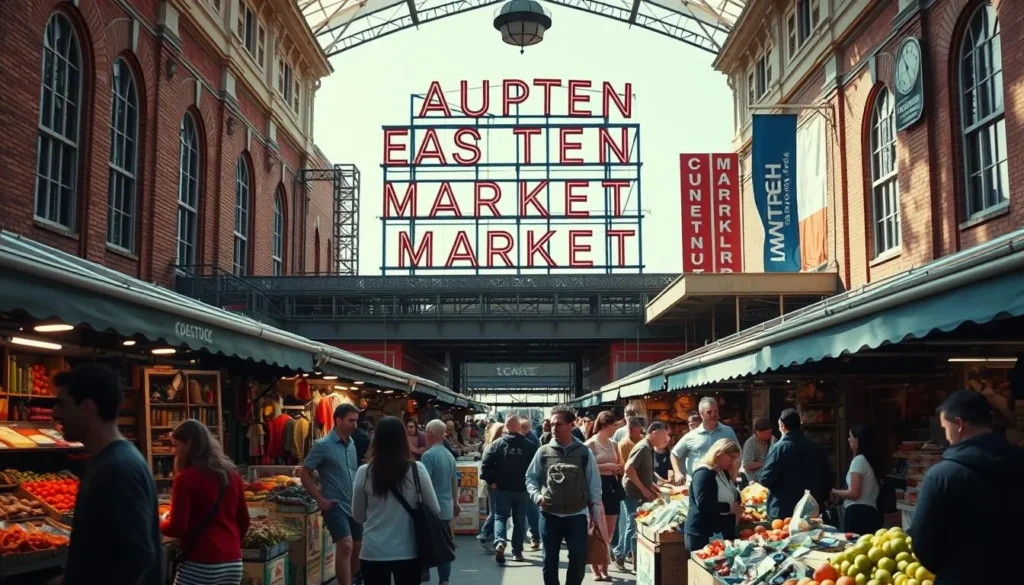
Planning Tip: Many government buildings require security screening similar to airports. Bring a government-issued photo ID and avoid bringing large bags to minimize wait times.
Day 4: Historic Neighborhoods and Local Culture
Step away from the tourist centers and discover Washington DC’s diverse neighborhoods, each with its own distinct character and charm.
Morning: Georgetown
Begin your day in Georgetown, DC’s oldest neighborhood, characterized by Federal-style architecture, cobblestone streets, and upscale shopping. Walk along the C&O Canal, visit the historic Old Stone House (the oldest unchanged building in DC), and climb the “Exorcist Steps” made famous by the 1973 horror film. Georgetown University’s campus is also worth exploring for its Gothic architecture.
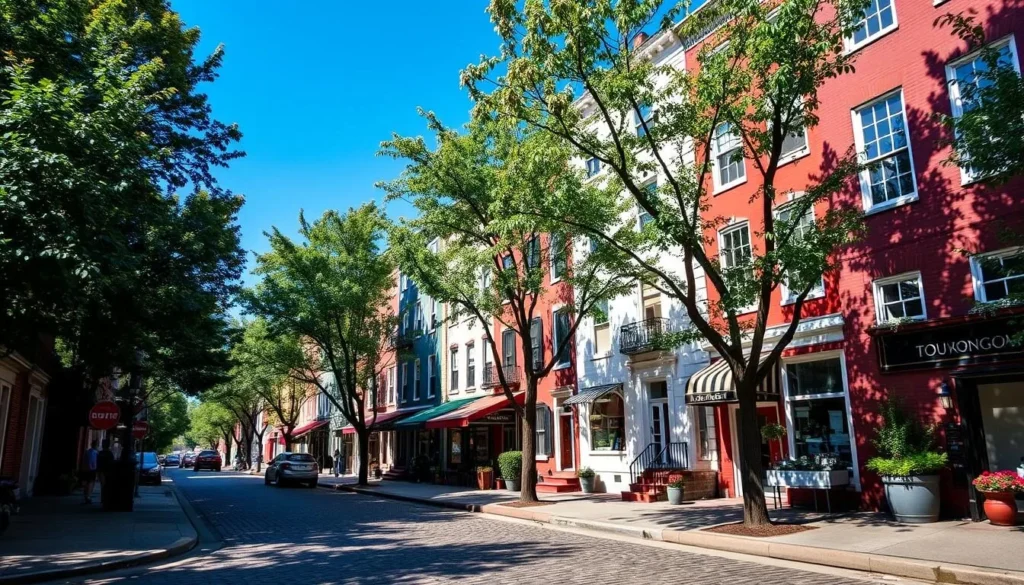
Afternoon: Dupont Circle and Adams Morgan
Head to Dupont Circle, known for its embassies, art galleries, and bookstores. Visit The Phillips Collection, America’s first museum of modern art, or browse the shelves at Kramerbooks & Afterwords Café. Continue to the adjacent Adams Morgan neighborhood, known for its international restaurants, colorful murals, and vibrant nightlife.
Evening: U Street Corridor
Spend your evening exploring the historic U Street Corridor, once known as “Black Broadway” for its significance in African American culture and entertainment. Enjoy dinner at one of the many restaurants, followed by live music at venues like the historic Lincoln Theatre or the 9:30 Club. Don’t miss Ben’s Chili Bowl, a DC institution since 1958 and a favorite of locals and celebrities alike.
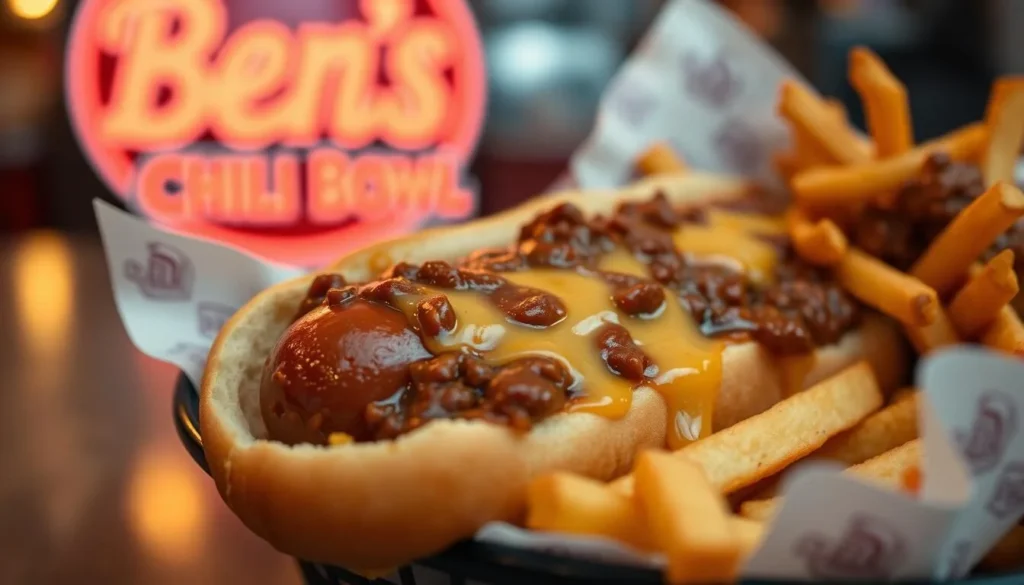
Need transportation in Washington DC?
While public transportation is excellent, a rental car can be useful for day trips outside the city.
Day 5: Beyond the City – Arlington and Mount Vernon
On your final day, venture beyond DC’s boundaries to explore important historical sites in neighboring Virginia.
Morning: Arlington National Cemetery
Cross the Potomac River to visit Arlington National Cemetery, the final resting place for more than 400,000 active duty service members, veterans, and their families. Witness the solemn Changing of the Guard ceremony at the Tomb of the Unknown Soldier, and visit the gravesites of President John F. Kennedy and other notable Americans. The cemetery offers tram tours if you prefer not to walk the extensive grounds.
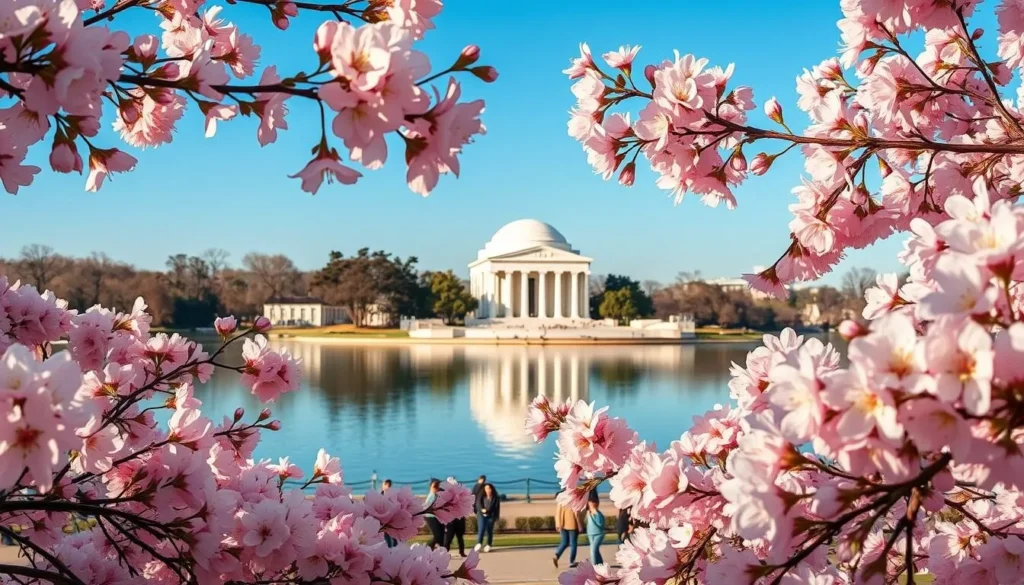
Afternoon: Mount Vernon
Continue south to Mount Vernon, George Washington’s historic plantation home. Tour the meticulously restored mansion, explore the beautiful gardens, and learn about 18th-century plantation life. The museum and education center feature interactive exhibits about Washington’s life and legacy. Allow at least 3 hours to fully experience this expansive estate.
Evening: Old Town Alexandria
On your way back to DC, stop in Old Town Alexandria for dinner. This charming historic district features well-preserved 18th and 19th-century architecture, boutique shopping, and excellent dining options. Take a stroll along King Street and the waterfront promenade for views of the Potomac River and DC skyline.
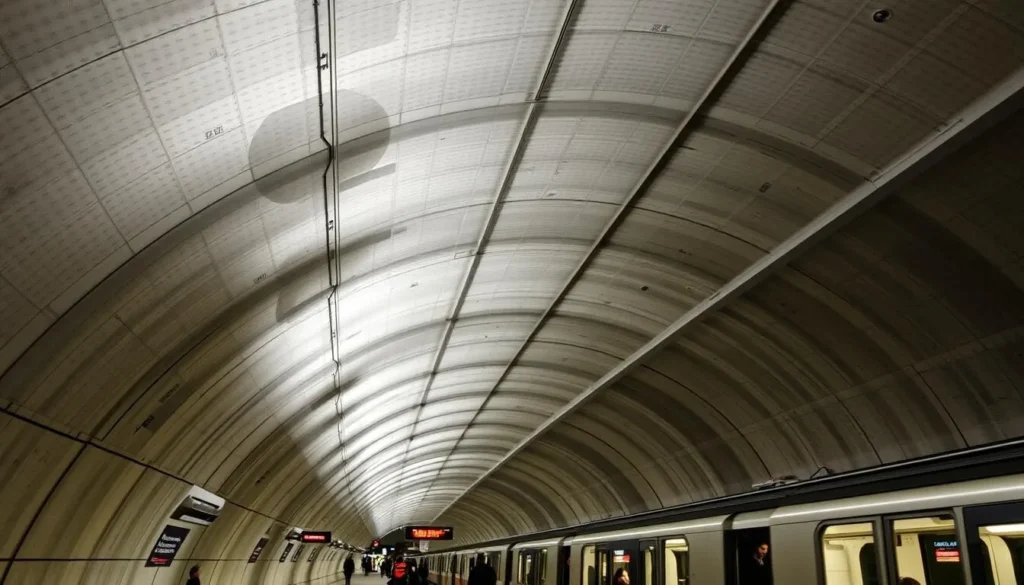
The Washington DC Metro is one of the most efficient ways to get around the city. Consider purchasing a SmarTrip card for unlimited daily rides, and download the Metro app to check train schedules and service alerts.
Getting Around Washington DC
Washington DC is a highly walkable city with excellent public transportation options, making it easy to navigate without a car.
Public Transportation
The Washington Metropolitan Area Transit Authority (WMATA) operates an extensive network of Metrorail (subway) and Metrobus services throughout the city and surrounding areas. The Metro is clean, efficient, and connects all major tourist areas. Purchase a SmarTrip card at any Metro station or download the SmarTrip app to your smartphone for contactless payment.
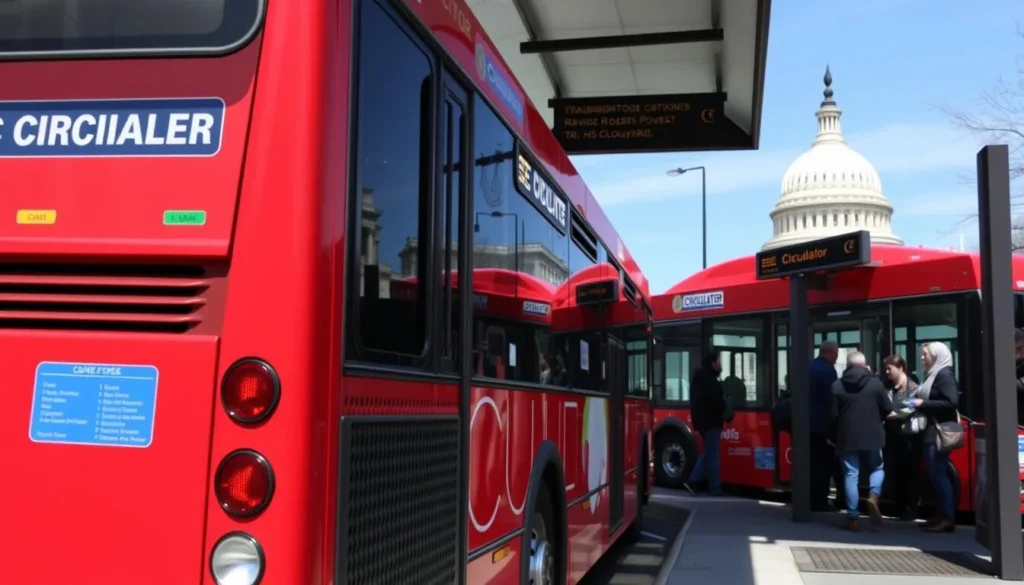
Bike and Scooter Sharing
Capital Bikeshare offers over 4,500 bicycles at 500+ stations throughout the metropolitan area. Download the Capital Bikeshare app to locate stations and rent bikes. Electric scooters from companies like Bird, Lime, and Spin are also available throughout the city—download their respective apps to rent.
Walking
Many of DC’s major attractions are concentrated in walkable areas. The National Mall is designed for pedestrians, with wide pathways connecting the major monuments and museums. Comfortable walking shoes are essential!
Ready to book your flight to Washington DC?
Find the best deals on flights to Reagan National (DCA) or Dulles International (IAD) airports.
Where to Stay in Washington DC
Choosing the right neighborhood for your accommodations can significantly enhance your Washington DC experience.
Downtown/Penn Quarter
Staying in Downtown or Penn Quarter puts you within walking distance of the National Mall, Smithsonian museums, and many restaurants and shops. This central location is ideal for first-time visitors who want to minimize travel time between attractions.
Dupont Circle
This upscale residential neighborhood offers a more local experience while still providing easy Metro access to tourist sites. You’ll find boutique hotels, international restaurants, and a lively atmosphere, especially on weekends.
Georgetown
For historic charm and upscale shopping, consider Georgetown. While this neighborhood lacks direct Metro access, it offers picturesque streets, waterfront views, and proximity to Georgetown University.
Capitol Hill
Stay near the US Capitol, Supreme Court, and Library of Congress in this historic residential neighborhood. Eastern Market provides local flavor with its weekend farmers market and food hall.
Find your perfect Washington DC accommodation
From luxury hotels near the National Mall to charming B&Bs in historic neighborhoods.
When to Visit Washington DC
Washington DC experiences all four seasons, each offering a different perspective on the city.
Spring (March-May)
Spring is arguably the most beautiful time to visit DC, especially during the National Cherry Blossom Festival (typically late March to early April). The weather is mild, with temperatures ranging from 50-70°F (10-21°C). However, this is also peak tourist season, so expect larger crowds and higher hotel rates.
Summer (June-August)
Summers in DC are hot and humid, with temperatures often exceeding 90°F (32°C). This is family vacation season, so attractions will be crowded, especially in July and August. The advantage of summer is the extended hours at many museums and the variety of outdoor concerts and events.
Fall (September-November)
Fall brings comfortable temperatures and beautiful foliage to DC’s many parks and gardens. Tourist crowds thin after Labor Day, making it easier to visit popular attractions. The weather is generally pleasant, with temperatures ranging from 45-75°F (7-24°C).
Winter (December-February)
Winter in DC is cold but relatively mild compared to northern cities, with temperatures typically ranging from 30-50°F (-1-10°C). Snow is possible but not frequent. The advantage of winter is significantly fewer tourists and lower hotel rates. Holiday decorations and special exhibits make December a festive time to visit.
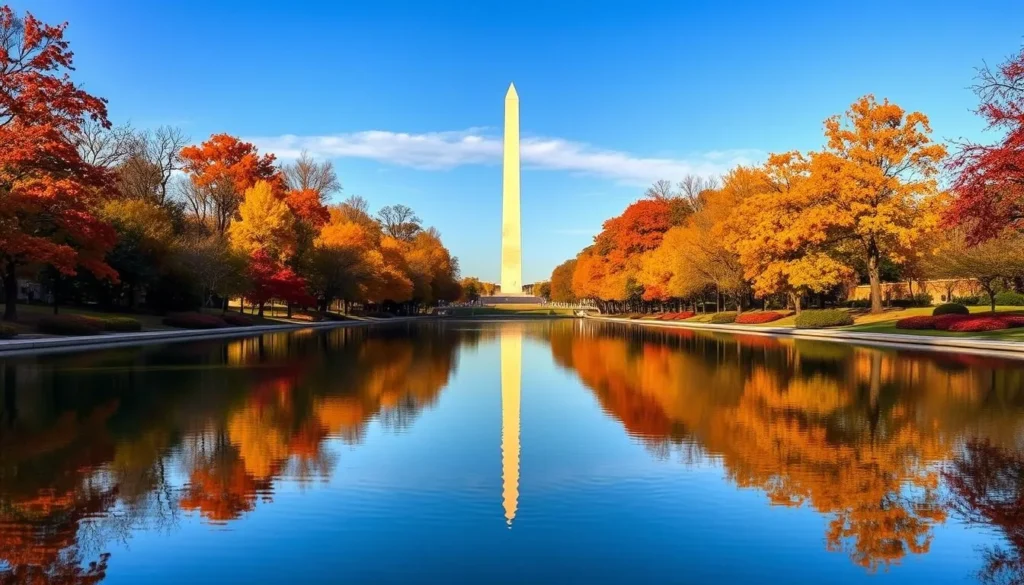
Practical Tips for Your Washington DC Visit
Museum Strategy
With so many museums to choose from, it’s impossible to see everything in one trip. Rather than trying to visit multiple museums in one day, focus on one or two that align with your interests. Most Smithsonian museums are open daily from 10 AM to 5:30 PM, with extended hours during summer months.
Security Considerations
Many attractions in DC require security screening. To save time, travel light and be prepared to remove metal objects when entering government buildings, museums, and monuments. Some locations prohibit large bags, food, and drinks.
Weather Preparedness
DC weather can be unpredictable, so dress in layers and check the forecast daily. Summer visitors should bring lightweight, breathable clothing, sunscreen, and a water bottle. Winter visitors should pack warm layers, a waterproof jacket, and comfortable walking shoes.
Are reservations needed for Washington DC attractions?
While many museums and monuments offer free admission without reservations, some popular attractions require timed-entry passes. These include the Washington Monument, the National Museum of African American History and Culture, and the U.S. Holocaust Memorial Museum. Government building tours, such as the White House, Capitol, and Pentagon, require advance reservations through your congressional representative or embassy.
What’s the best way to save money in Washington DC?
Take advantage of the many free attractions, including all Smithsonian museums and national monuments. Consider purchasing a SmarTrip card for unlimited daily Metro rides, and look for hotels outside the downtown area with good Metro access. Many museums offer free guided tours, and the Kennedy Center provides free performances daily at 6 PM on the Millennium Stage.
Is Washington DC safe for tourists?
The main tourist areas in Washington DC are generally safe, with a visible police presence, especially around the National Mall and government buildings. As with any major city, remain aware of your surroundings, particularly at night, and keep valuables secure. Some neighborhoods outside the main tourist areas may require more caution, especially after dark.
Ready to Experience Washington DC?
Washington DC offers a perfect blend of history, culture, and vibrant urban life. From the iconic monuments of the National Mall to the charming historic neighborhoods, the capital city provides an unparalleled glimpse into America’s past, present, and future. With this 5-day itinerary as your guide, you’ll experience the best of what Washington has to offer, creating memories that will last a lifetime.
Whether you’re standing in the shadow of the Lincoln Memorial, exploring world-class museums, or sampling the local cuisine in diverse neighborhoods, Washington DC will captivate you with its beauty, significance, and accessibility. Start planning your trip today and prepare to be inspired by America’s capital city!
Start Planning Your Washington DC Adventure
Book your flights, accommodations, and activities today!
